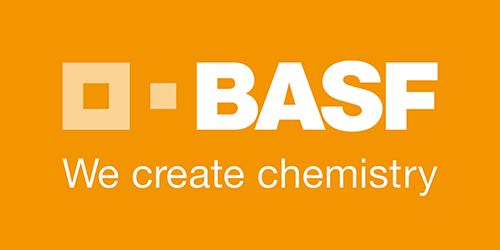
Chemical giant BASF is to set up a new subsidiary dedicated to 3D printing.
BASF is one of several very large chemical companies on our planet, currently employing well over 100,000 staff with sales just a bit short of USD$100B per year. They produce a large variety of chemical substances, including thermoplastics that can be used for certain forms of 3D printing.
BASF’s competitors have so far been far more visible in the 3D print space; Verbatim, a subsidiary of Mitsubishi, markets a well-regarded line of standard and increasingly varied set 3D printer filaments for desktop machines, for both hobbyist and professional use. Verbatim also appears at 3D print trade shows with their own displays, but up to now, I haven’t personally seen BASF formally appear at any 3D print event.
However, I have seen evidence of BASF’s work in 3D printing in at least three situations.
BASF partnered with Essentium to produce the “electric” filament we wrote on earlier this year. They also worked with EVO-tech to develop a metal-infused 3D printer filament capable of printing “green parts” for subsequent sintering in a furnace. Finally, they announced a partnership with PRODWAYS to collaborate on materials development, which likely does not involve filament but instead involves powders. [UPDATE] It seems that BASF has also organized a deal with HP to develop materials for that company’s 3D printing system.
So it’s clear they are working with the 3D print industry, at least for the last few years. But now they’ve announced something a lot deeper. According to BASF:
BASF SE plans to establish a new Group company, BASF 3D Printing Solutions GmbH, as of September 1, 2017. This wholly-owned subsidiary of BASF New Business GmbH will be headquartered in Heidelberg, Germany, at the site of InnovationLab GmbH. It will focus on establishing and expanding the business with materials, system solutions, components and services in the field of 3D printing. The company will work closely with researchers and application engineers from BASF and external partners, such as universities and potential customers, in order to develop the right solutions for a wide array of requirements.
Evidently BASF sees the 3D print industry today as something that provides great opportunity, but is still maturing, a point of view I agree with. As such, they want to provide a center for dealing with the stream of innovative ideas emerging from the space.
They go on to say that the new subsidiary will be able have “quick decision making processes” and have “agile startup-like structures”.
To me this is code for “our parent company is too big and sluggish to deal with this market, so we’re making a small nimble subsidiary and letting it loose”.
This makes sense as BASF’s efforts in 3D printing now have been intermittent and not particularly visible, signs of a big company struggling to deaL with a strange new market.
BASF believes the first clients will be industry entities seeking ways to do production 3D printing. This also makes sense, as that’s the current trend: production. That’s also where the most revenue potential happens to be, suggesting it could have been a trigger for BASF to launch this venture.
Is this announcement good or bad? I think it’s terrific news, as it should unleash a very powerful, knowledgeable and well-funded new player in the 3D print materials space.
Expect to see a number of innovative products and services emerge from this new arrangement.
Via BASF

